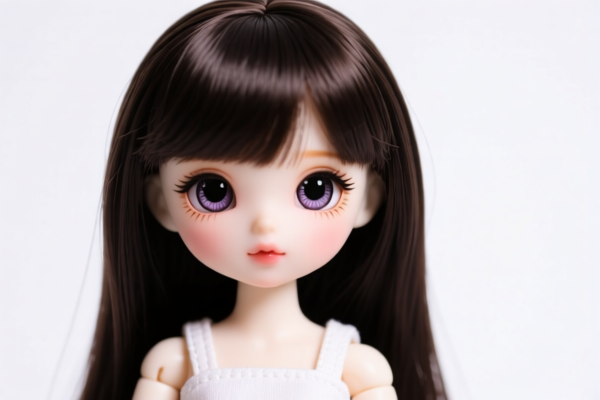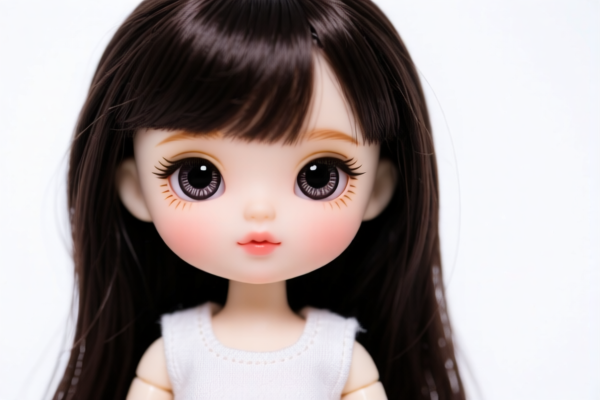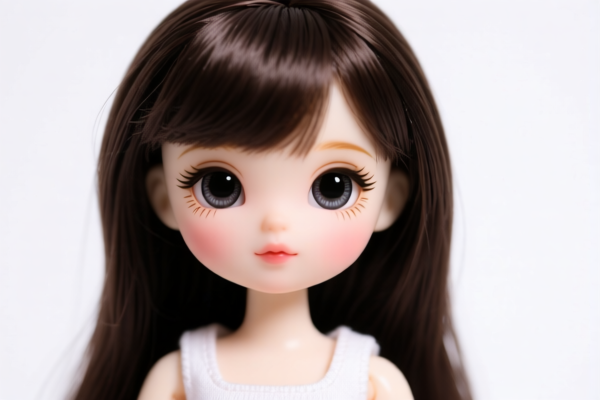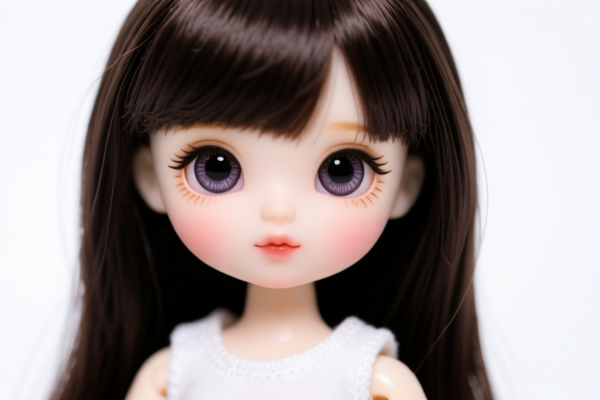| HS Code | Official Doc | Tariff Rate | Origin | Destination | Effective Date |
|---|---|---|---|---|---|
| 6114909070 | Doc | 35.6% | CN | US | 2025-05-12 |
| 6209909000 | Doc | 40.3% | CN | US | 2025-05-12 |
| 6209900500 | Doc | 31.8¢/kg + 14.4%+37.5% | CN | US | 2025-05-12 |
| 6217909075 | Doc | 52.1% | CN | US | 2025-05-12 |
| 6217909085 | Doc | 52.1% | CN | US | 2025-05-12 |
| 6212900090 | Doc | 44.1% | CN | US | 2025-05-12 |
| 3926201010 | Doc | 30.0% | CN | US | 2025-05-12 |




Doll Clothing
Doll clothing refers to garments and accessories designed for dolls, primarily for aesthetic purposes and play. It encompasses a broad range of styles, sizes, and materials, mirroring human fashion trends and catering to diverse doll types and collector preferences.
Materials
Doll clothing is constructed from a variety of fabrics and components, selected for their scale, durability, and aesthetic qualities. Common materials include:
- Cotton: Frequently used for its softness, breathability, and ease of sewing. Suitable for everyday doll wear.
- Polyester: A durable, wrinkle-resistant synthetic fiber often used for more structured garments and outerwear.
- Silk & Satin: Employed for formal wear and delicate outfits, offering a luxurious appearance.
- Velvet: Used for special occasion clothing, providing a rich texture and appearance.
- Lace: Adds detail and ornamentation to dresses, bonnets, and other accessories.
- Felt: A non-woven fabric used for simple accessories, hats, and some garments.
- Plastic/Vinyl: Used for shoes, boots, and some accessories, particularly for fashion dolls.
- Metal: Small metal components are used for fasteners (buttons, snaps, zippers), embellishments, and doll shoe supports.
Purpose & Function
The primary purpose of doll clothing is to enhance the play experience and allow for imaginative role-playing. Beyond play, doll clothing serves several functions:
- Aesthetic Enhancement: Clothing alters the appearance of dolls, allowing for personalization and style expression.
- Collector Value: Vintage or handmade doll clothing can significantly increase a doll's value.
- Customization: Allows doll owners to create unique looks and outfits.
- Skill Development: Making doll clothing is a popular hobby, fostering sewing, design, and crafting skills.
- Storytelling: Outfits can be used to create narratives and scenarios for play.
Usage Scenarios
Doll clothing is used in a variety of settings:
- Play: Children use clothing to dress and accessorize dolls during imaginative play.
- Doll Shows & Competitions: Collectors display dolls in themed outfits for judging and appreciation.
- Photography: Doll clothing is used to create visually appealing photographs and dioramas.
- Display: Collectors use clothing to enhance the presentation of dolls in collections.
- Crafting/Hobby: Individuals create doll clothing as a leisure activity or for sale.
Common Types
Doll clothing is categorized by doll size, style, and intended use. Key types include:
- Baby Doll Clothing: Designed for smaller dolls, often resembling infant wear (onesies, pajamas, hats). Sizes typically range from 7-12 inches.
- Fashion Doll Clothing: Created for dolls like Barbie, Bratz, and similar figures. Reflects current fashion trends and includes a wide range of styles (casual, formal, swimwear). Sizes vary but commonly around 11.5 inches.
- 18-inch Doll Clothing: Designed for dolls like American Girl, offering a wide range of historical and contemporary styles.
- Vintage Doll Clothing: Clothing made for antique dolls, often highly collectible and valuable.
- Handmade Doll Clothing: Clothing crafted by individuals, often custom-designed and unique.
- Historical Doll Clothing: Replicas of clothing from specific historical periods.
- Specialty Clothing: Includes themed outfits (e.g., princess dresses, superhero costumes, holiday attire).
- Accessories: Encompasses shoes, hats, bags, jewelry, and other embellishments.
Doll clothing falls under several potential classifications depending on the specific material and construction. Here's a breakdown of relevant HS codes based on the provided information:
-
6114.90.90.70: This code covers “Other garments, knitted or crocheted: Of other textile materials: Other Other”. This applies to knitted or crocheted garments made from materials other than those specifically listed elsewhere. This could include doll dresses, sweaters, or pants made from a variety of fabrics. The total tax rate is 35.6%.
-
6209.90.90.00: This code refers to “Babies' garments and clothing accessories: Of other textile materials: Other (839)”. While labeled for babies' garments, it can potentially apply to small doll clothing made from other textile materials. The total tax rate is 40.3%.
-
6212.90.00.90: This code covers “Brassieres, girdles, corsets, braces, suspenders, garters and similar articles and parts thereof, whether or not knitted or crocheted: Other Other (859)”. If the doll clothing includes items resembling these articles (e.g., doll corsets or suspenders), this code may be applicable. The total tax rate is 44.1%.
-
6217.90.90.75: This code refers to “Other made up clothing accessories; parts of garments or of clothing accessories, other than those of heading 6212: Parts: Other Other: Of cotton (359)”. If the doll clothing consists of separate parts or accessories made of cotton (e.g., doll hats, socks), this code could be relevant. The total tax rate is 52.1%.
-
6217.90.90.85: This code refers to “Other made up clothing accessories; parts of garments or of clothing accessories, other than those of heading 6212: Parts: Other Other: Of man-made fibers (659)”. If the doll clothing consists of separate parts or accessories made of man-made fibers (e.g., doll hats, socks), this code could be relevant. The total tax rate is 52.1%.
Important Considerations:
It is crucial to determine the precise material composition of the doll clothing. For codes 6217.90.90.75 and 6217.90.90.85, verifying whether the material is cotton or man-made fibers is essential for correct classification.
Customer Reviews
No reviews yet.